- Hardware
- A
UltraRAM: memory that changes the game
Memory in computers and gadgets has been divided into two directions for many years. DRAM — fast, but requires constant power. NAND flash — reliable and durable, but noticeably slower. Engineers have dreamed for decades of a "golden mean" that would combine the best of both approaches.
And it seems that such a technology has finally emerged. UltraRAM promises DRAM-level speed, non-volatility, and durability many times greater than NAND, with an estimated data retention period of up to a thousand years. Let’s figure out how it works, what possibilities it opens up, and why it has the potential to revolutionize the computing market.
How UltraRAM works: technology and materials
The new type of memory was invented at Lancaster University and is being brought to market by startup Quinas Technology, founded by the same scientists. UltraRAM uses a heterostructure based on gallium (GaSb) and aluminum (AlSb) antimonides. These materials are grown using molecular beam epitaxy — a process in which crystalline layers are formed on a silicon substrate with atomic precision. This ensures compatibility with existing production lines and, of course, distinguishes UltraRAM from many experimental technologies such as MRAM or Optane, whose adoption has been hampered by the use of rare materials and extremely complex manufacturing processes.
UltraRAM’s operation is based on quantum resonant tunneling in a triple-barrier heterostructure. Electrons pass through it and are held in a floating gate, which allows memory cells to switch at high speed and retain data without power. This provides three key advantages: DRAM-level performance, non-volatility eliminating the need for constant refreshing, and endurance of up to 10 million write/erase cycles — 4,000 times greater than NAND. Switching cells requires less than 1 femtojoule of energy, making the technology one of the most energy-efficient on the market.
Laboratory tests have shown that data in UltraRAM can be stored for up to 1,000 years, making it ideal for applications where longevity is critical. Compatibility with silicon substrates allows the technology to be integrated into existing chips without drastic changes in manufacturing.
Together with IQE plc, developers established the process of growing GaSb/AlSb layers directly on silicon wafers. Previously, such experiments were only conducted on expensive gallium arsenide substrates, which immediately closed the door to mass production. Now, however, they have demonstrated that the technology can be transferred to the more familiar silicon used in the industry—and done so consistently, on a large scale. Essentially, this is a shift for UltraRAM from being a laboratory experiment to a stage where pilot lines can be built and serial production can be considered.
Prospects and challenges of implementing new technology
Today's memory chips are divided by function: some are fast, others are durable. UltraRAM promises to combine both properties, meaning the approach to data storage could change. This memory will be useful in large server farms as well as in regular laptops. Let's take a look at the prospects for this new technology.
Energy efficiency for data centers. Data centers consume up to 3% of global electricity, with a significant portion of it going to power DRAM. This memory loses data without constant refreshing, meaning it requires power even in idle mode. UltraRAM solves this problem: it retains information without external power, like NAND, but works at the same speed as DRAM. For data centers, this means a significant reduction in energy consumption. Companies like AWS and Google will not only cut energy costs but also reduce the load on electrical grids, which is particularly important today.
Consumer devices: speed and reliability. In consumer electronics, UltraRAM eliminates the gap between RAM and storage. Imagine a smartphone or laptop that powers on instantly, doesn't lose data when power is cut, and processes information at incredible speeds. This will enable the creation of devices with new form factors, where system or application loading is virtually imperceptible, and data storage reliability increases.
IoT and space. For Internet of Things devices that are located in fields or on drilling rigs and operate unattended, it's crucial that the memory doesn't require constant power and doesn't break after a couple of years. UltraRAM provides this. In space, the requirements are even tougher: radiation, temperature fluctuations, no repairs. Memory that can store data for decades is particularly valuable here—whether it's for a satellite or a Mars rover.
The future of computing. UltraRAM could change the very principle of how computing systems work: it combines the properties of RAM and long-term storage. This opens the door to new devices—from supercomputers that require less energy to small gadgets that can operate for years without recharging. Such memory will make computing faster and more reliable, and will significantly change how we interact with data.
Overall, the prospects are promising. But how realistic is it to implement this new technology in the near future?
Path to Commercialization
The main thing to know is that UltraRAM has already crossed the most difficult milestone: it has moved from a university laboratory to a process that can be replicated under industrial conditions. This is a significant step because there is usually a huge gap between a “prototype on a scientist’s desk” and a “chip in a factory.” The joint work of Quinas Technology and IQE plc made it possible to optimize GaSb/AlSb epitaxy directly on silicon so that it could be used on existing production lines.
The next stage is pilot production — the first batches of chips at foundry facilities. There, they will test how stable the process is, what its actual production cost is, and how the microchips behave under mass-production conditions. This moment will be a stress test: history has seen many promising technologies, like ReRAM or PCM, that showed excellent results in the lab but never reached the market due to scaling issues and low profitability.
Quinas secures rights to UltraRAM through patents: five have already been granted in different countries, and another eight are pending. This helps protect the development and engage with potential partners on equal footing. Additional weight comes from awards — from the World Intellectual Property Organization’s prize to recognition at the Flash Memory Summit. But tough competition lies ahead: without a strong partner or a focus on niches like IoT and space, breaking into the big market will be difficult.
Of course, UltraRAM’s path to vendors and users will not be easy. The memory industry, dominated by Samsung, SK hynix, and Micron, is conservative. Transitioning to a new technology will require adapting processors, operating systems, and software. The story of Intel Optane showed that high costs and integration difficulties can slow down even promising developments. However, UltraRAM’s compatibility with silicon and its energy efficiency reduce scaling risks, giving it an advantage over competitors. Quinas Technology must prove that the technology can be produced with high profitability and at an affordable cost.
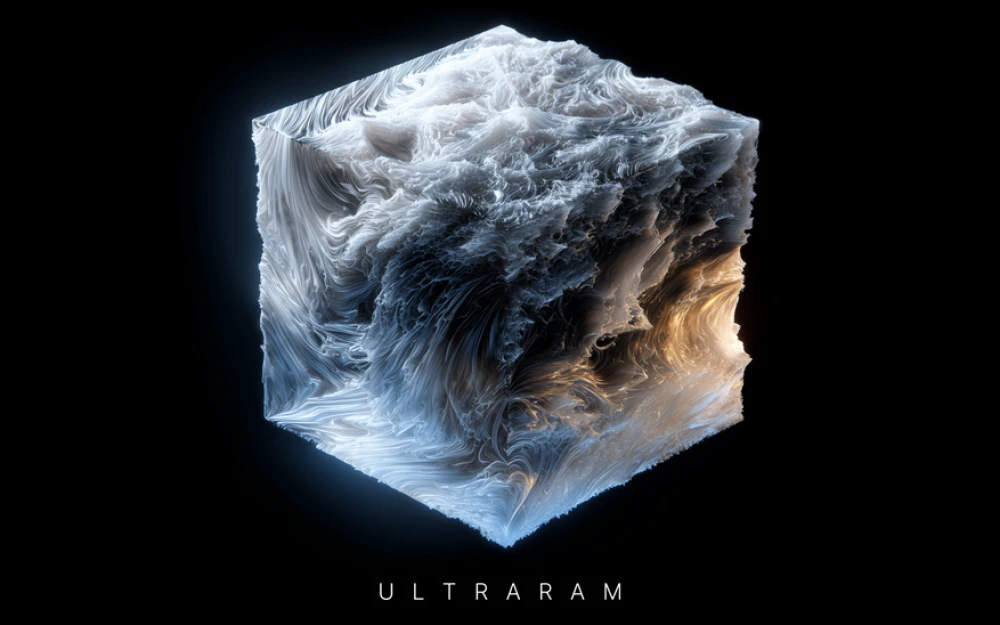
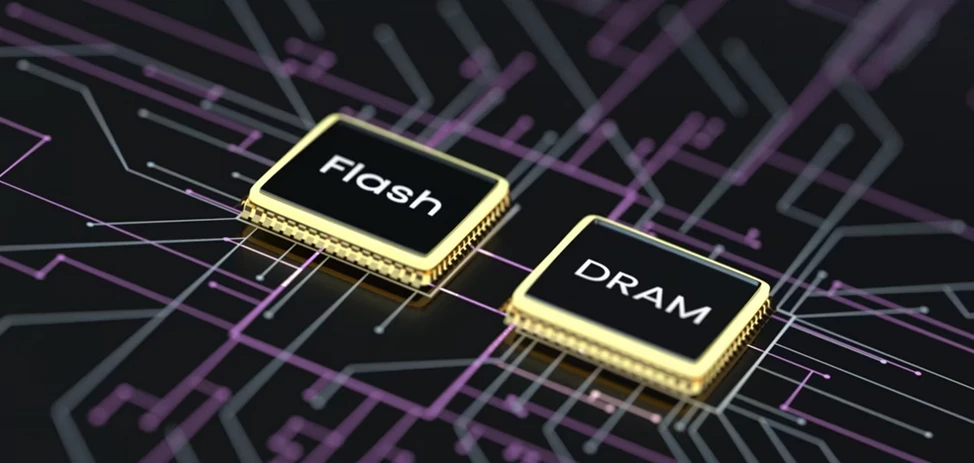
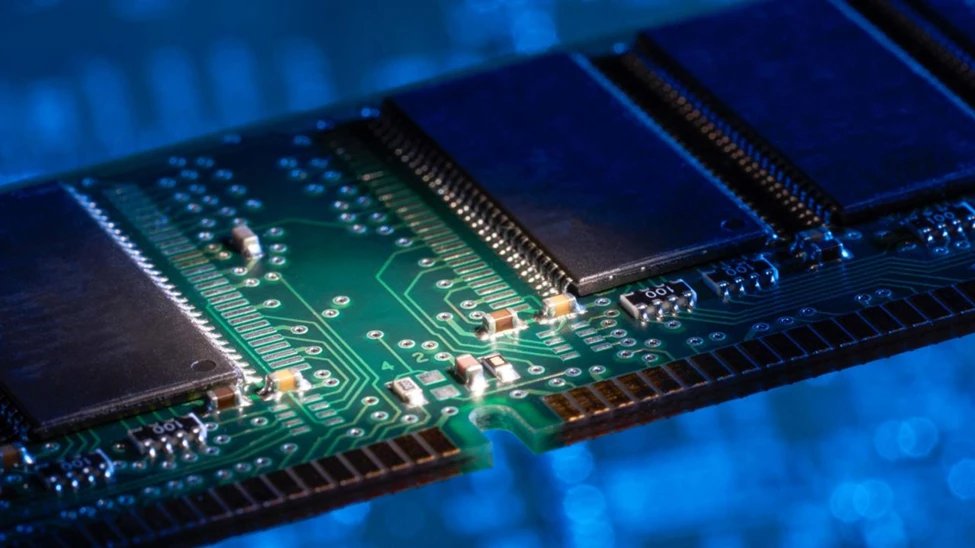


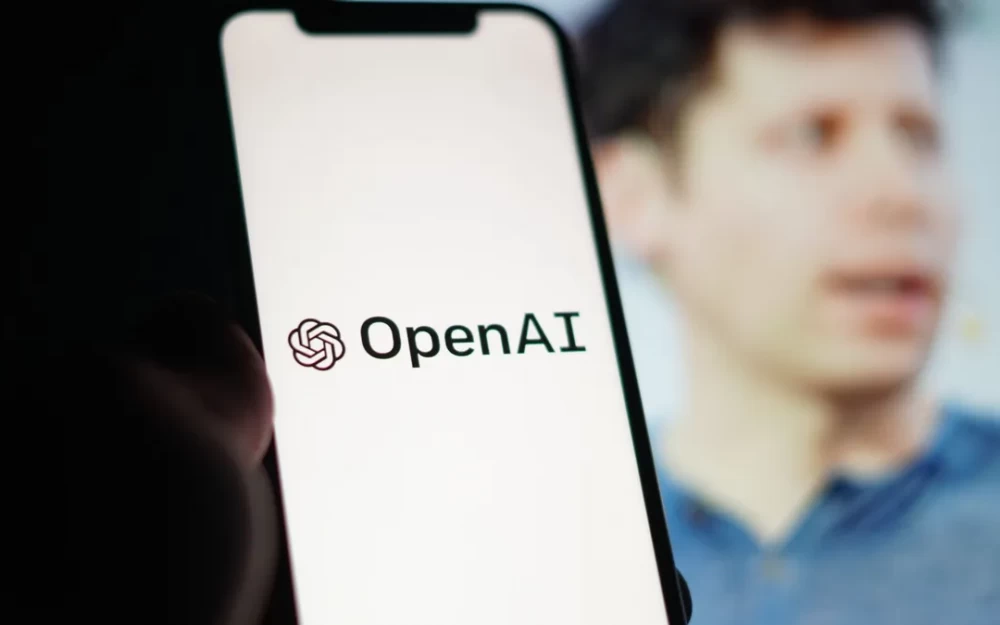

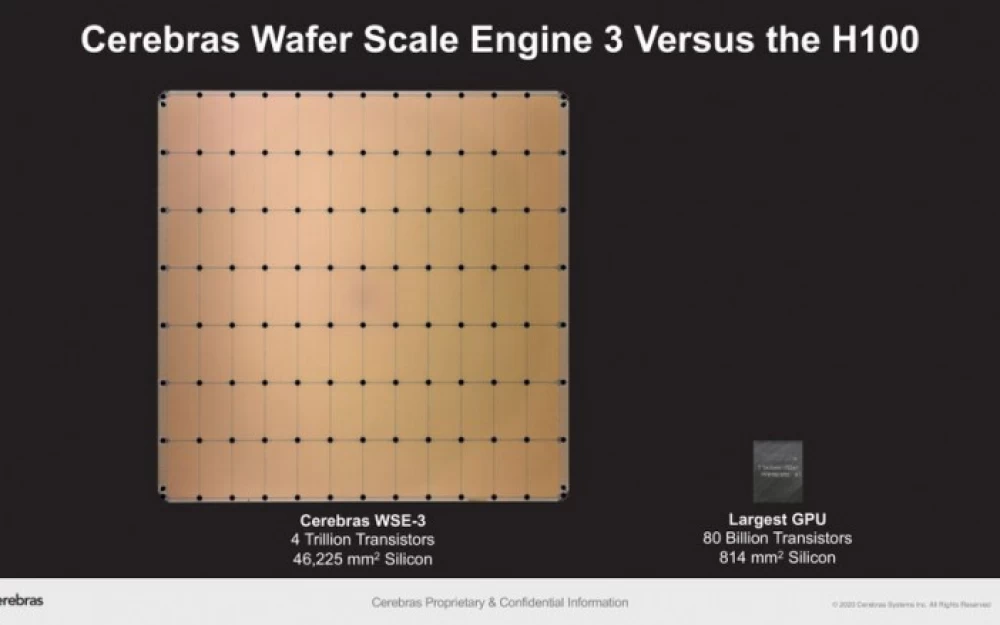
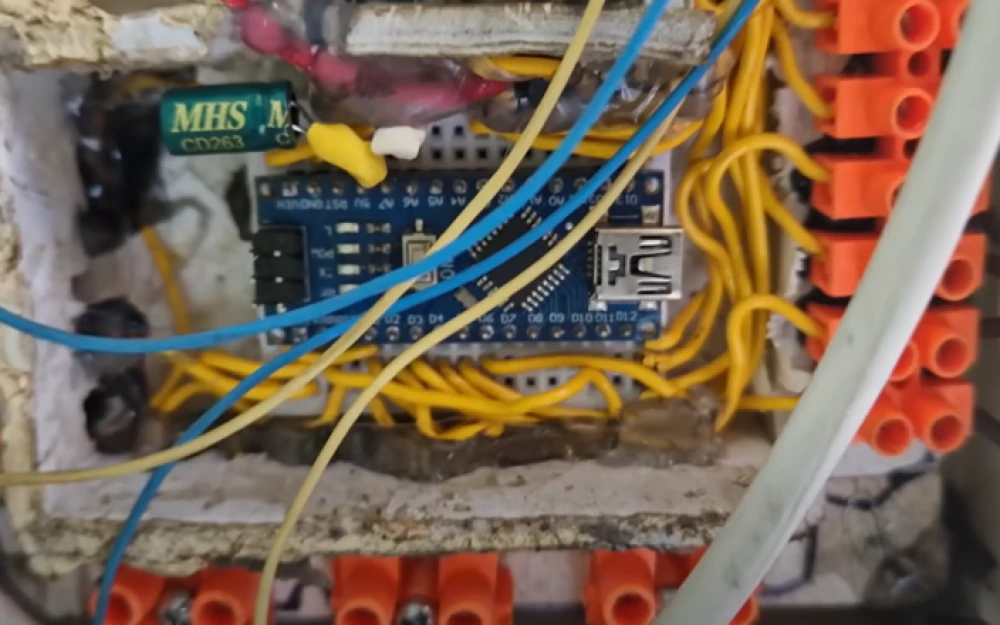
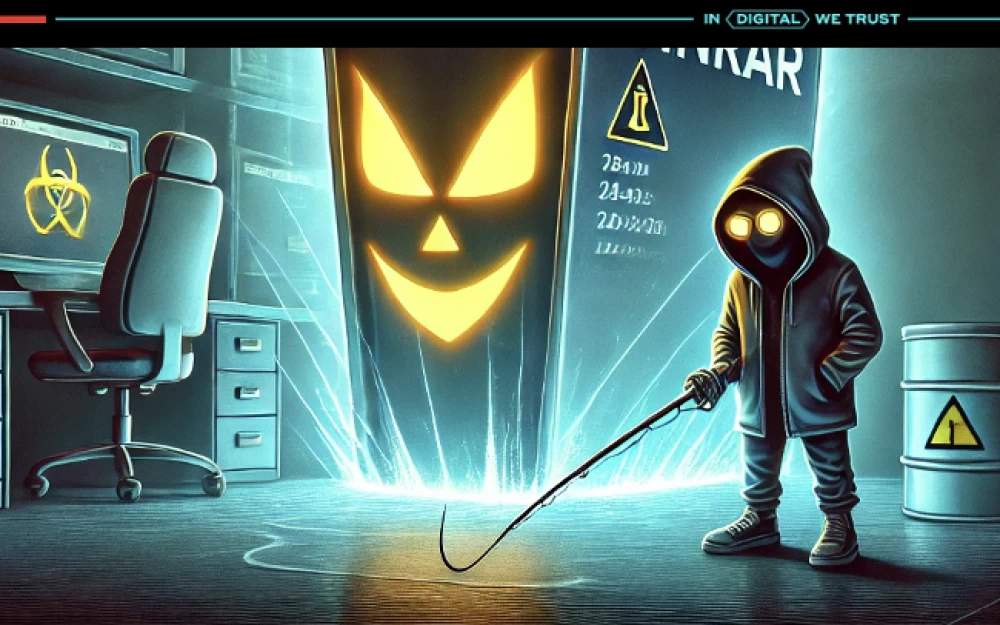

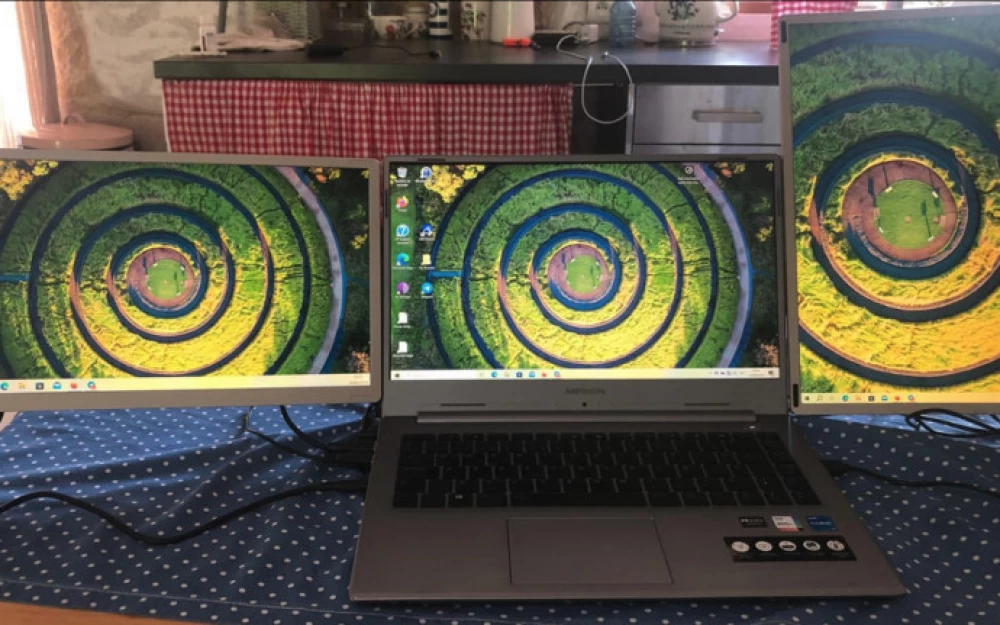
Write comment